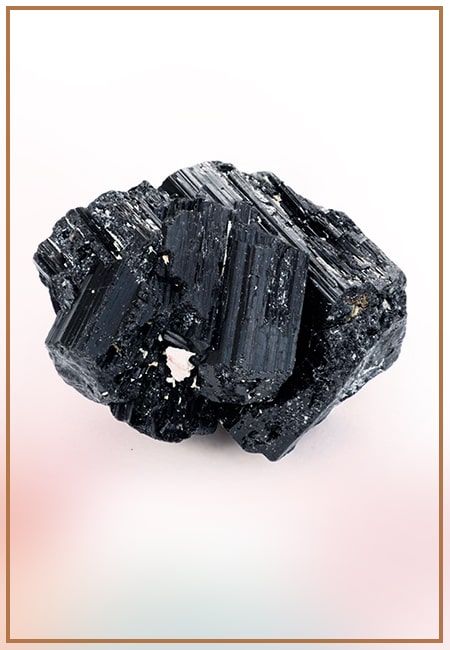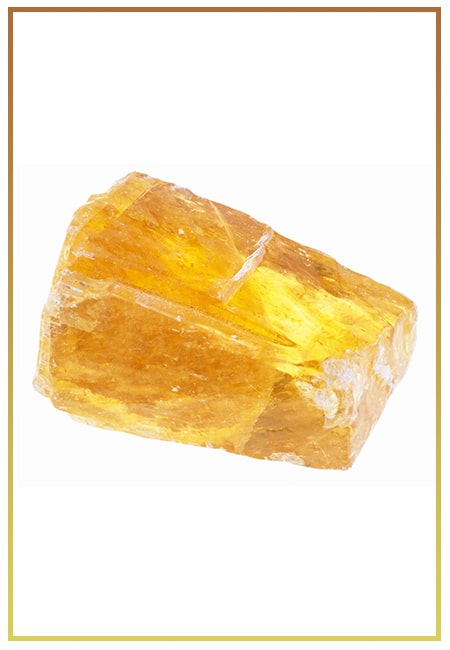- Written By Team DWS
- Festivals
- September 12, 2024
Understanding the September Equinox: History, Science, and Cultural Significance
As the leaves begin to turn and the days start to shorten, the September equinox arrives, marking a significant transition in our solar calendar and in many cultures around the world. This biannual event, taking place around September 22-23, signifies a point when day and night are approximately equal in length. The equinox is not just a scientific phenomenon; it carries deep historical and cultural significance that resonates across various societies. Understanding the September equinox requires a look into its scientific basis, historical context, and its various cultural interpretations.
The Science Behind the September Equinox
The equinox occurs twice each year, in March and September, when the plane of the Earth’s equator passes through the center of the Sun. This alignment results in nearly equal hours of daylight and darkness. Scientifically, the term "equinox" comes from the Latin words *aequus* (equal) and *nox* (night).
-dws638617157018253153.jpg)
During the September equinox, the North and South Poles are tilted toward the Sun, leading to an increase in daylight hours in the Southern Hemisphere and a decrease in the Northern Hemisphere as it approaches autumn. From a meteorological perspective, this equinox signals the onset of fall in the Northern Hemisphere, while in the Southern Hemisphere, it represents the arrival of spring.
Astronomers note that the date of the equinox may slightly vary each year due to irregularities in Earth's orbit and axial tilt, as well as the calendar system. This year, for instance, the equinox will occur on September 23 at 2:50 PM UTC. Understanding these cosmic mechanics enhances our appreciation of celestial events and reinforces our connection to the universe.
Historical Context
Throughout history, equinoxes have held great significance for various civilizations. Ancient cultures used the September equinox to mark agricultural seasons, guiding the planting and harvesting of crops.
For the ancient Egyptians, the equinox heralded the annual flooding of the Nile River, which deposited nutrient-rich silt essential for sustainable agriculture. The construction of the Great Sphinx and the pyramids was even aligned with celestial events, showcasing the importance of astronomy in their culture.
In the Americas, many Indigenous peoples celebrated the equinox with rituals and ceremonies. The ancient Maya built structures aligned with celestial bodies, including their grand pyramids. Equinoxes were pivotal in their agricultural calendar, dictating when to plant crops such as maize.
In Europe, the equinoxes were recognized as significant in the development of folklore, agricultural traditions, and religious practices. For instance, some medieval Christians viewed the September equinox as a time for reflection and preparation before winter.
Cultural Significance Today
The September equinox continues to hold cultural relevance in modern society. For many, it serves as an opportunity for self-reflection and a reminder of nature's cycles. As day and night become equal, many choose to evaluate their own balance between work and rest, activity and contemplation.
Around the world, various cultures celebrate the September equinox in unique ways. In Japan, the equinox is a national holiday known as *Shūbun no Hi*, a time to honor ancestors and enjoy the beauty of nature. Families visit the graves of loved ones, offering seasonal foods and flowers.
In the U.S., the Autumnal Equinox marks the beginning of harvest festivals. Many communities engage in communal gatherings that include food, music, and dance, celebrating the bounty of the earth. Organic farming groups may even hold events to emphasize the importance of sustainable agriculture.
In a more cosmic sense, the September equinox encourages us to appreciate our planetary environment. Many people partake in eco-centric practices, using this time to focus on sustainability and conservation as a way to honor the natural cycles of the Earth.

September Equinox FAQs: Your Questions Answered
Sure! Here are some frequently asked questions (FAQs) about the September Equinox:
1. What is the September Equinox?
The September Equinox, also known as the Autumnal Equinox in the Northern Hemisphere and the Spring Equinox in the Southern Hemisphere, occurs when the sun crosses the celestial equator, resulting in nearly equal lengths of day and night across the globe. This typically happens around September 22nd or 23rd each year.
2. Why do we celebrate the September Equinox?
The September Equinox marks the transition from summer to autumn in the Northern Hemisphere. Many cultures celebrate this event as a time of harvest, reflection, and preparation for the coming winter months.
3. How does the September Equinox affect the seasons?
In the Northern Hemisphere, the equinox signifies the start of autumn, whereas in the Southern Hemisphere, it marks the beginning of spring. The change in seasons affects temperatures, daylight hours, and weather patterns.
4. What are the specific astronomical events associated with the September Equinox?
The September Equinox is characterized by the sun being directly above the equator, resulting in equal sunlight for both the Northern and Southern Hemispheres. This is one of the two equinoxes in a year, the other being the March Equinox.
5. How is the date of the September Equinox determined?
The date of the September Equinox is determined by the Earth's position in relation to the sun and its orbital path. It usually falls between September 21st and 24th, but the exact date can vary slightly each year.
6. Are there any cultural or religious celebrations associated with the September Equinox?
Yes, many cultures have festivals and traditions tied to the equinox. For example, the Persian festival of Mehregan celebrates harvest and the changing seasons, while in some Indigenous cultures, it’s a time to give thanks for the harvest.
7. What happens to the length of day and night during the September Equinox?
During the equinox, day and night are approximately equal in length all over the Earth. This balance of light and dark typically varies slightly depending on the observer's location due to atmospheric refraction and the fact that sunrise and sunset occur when the center of the sun is at the horizon.
8. Can the September Equinox be observed from anywhere on Earth?
Yes, the September Equinox can be observed from any location on Earth. However, the experiences of daylight and night length will differ based on geographical position.
9. Why does the equinox date change every year?
The equinox date shifts slightly each year due to the Earth's orbit around the sun not being a perfect circle and the leap year cycle, which adds an extra day every four years.
10. Is the September Equinox significant for agriculture?
Yes, the September Equinox is often significant for agricultural practices as it traditionally marks the time for harvest in many cultures. Farmers may utilize this time to gather crops, prepare for winter, and assess their yields.
Feel free to ask if you have more specific questions about the September Equinox!
Conclusion
The September equinox is more than just a moment on the astronomical calendar; it is a rich mélange of science, history, and culture that connects us to our planet and each other. As we move into the cooler months, we are reminded of nature's resilience and cyclical beauty. This equinox invites us to find balance in our lives and respect the rhythms of the Earth, making it a truly timeless event that inspires reflection, celebration, and a deeper understanding of our place in the universe.
As the equinox approaches each year, take a moment to pause and appreciate the significance of this celestial event. Whether you participate in a local festival, indulge in seasonal foods, or simply soak in the changing colors of nature, allow the September equinox to remind you of the interconnectedness of life and the rhythms that bind us all.
Popular on Blogs

Black Tourmaline: Meaning, Healing Properties, Fascinating Facts, Powerful Attributes, Versatile Uses, and Beyond
September 05, 2023 / BY Team DWS
Black Tourmaline, also known as Schorl, is a highly revered crystal with incredible metaphysical properties. It derives its name from the Dutch word "turamali," meaning "stone with ..

Carnelian Stone: Meaning, Healing Properties, Power, Facts, Color, Uses and More
December 26, 2023 / BY Team DWS
Carnelian is a vibrant and captivating gemstone that holds a plethora of meanings, healing properties, and powers. Its warm and fiery energy makes it a popular choice among crystal ..

Citrine: Exploring its Meaning, Healing Properties, Fascinating Facts, Powers, Versatile Uses, and Much More
November 18, 2023 / BY Team DWS
Citrine, with its warm golden hues, has captured the attention and imagination of people for centuries. This beautiful gemstone, commonly associated with wealth and prosperity, hol ..

Black Onyx: Unveiling the Meaning, Healing Properties, Fascinating Facts, Powerful Attributes, Versatile Uses, and Beyond
July 25, 2023 / BY Team DWS
Black Onyx, a striking gemstone admired for its deep black hue and elegant appearance, has captivated people for centuries. In this comprehensive guide, we will delve into the mean ..

Unveiling the Mysteries of Turquoise Stone: Exploring its Meaning, Healing Properties, Power, Facts, Color, Uses, and More
December 05, 2023 / BY Team DWS
Turquoise, with its captivating blue-green hue, has been adorning jewelry and artifacts for centuries. This striking stone has a rich history, rich symbolism, and a plethora of int ..

The History Behind The Popularity of Red Agate
December 23, 2022 / BY Team DWS
An Agate is a type of magma rock that takes many years till it is washed out naturally into the water. And that is the reason this stone has elements of water. This beautiful stone ..

Plan a Perfect Valentine's Week with Our Valentine Week List 2025
January 22, 2024 / BY Team DWS
Valentine's Day is undoubtedly the most romantic day of the year, but we believe that one day is just not enough to express your love and make your partner feel special. That's why ..

Bloodstone: Unveiling the Meaning, Healing Properties, Facts, Powers, Uses, and More
August 21, 2023 / BY Team DWS
Bloodstone, with its captivating deep green color with specks of red, is a mesmerizing gemstone that has fascinated civilizations for centuries. It possesses unique healing propert ..


